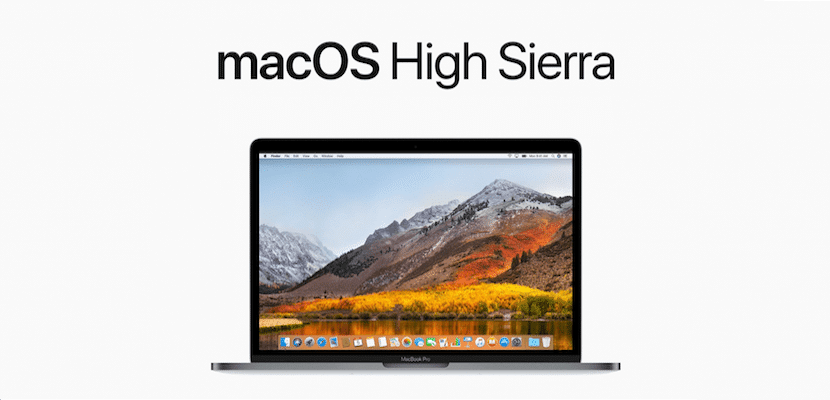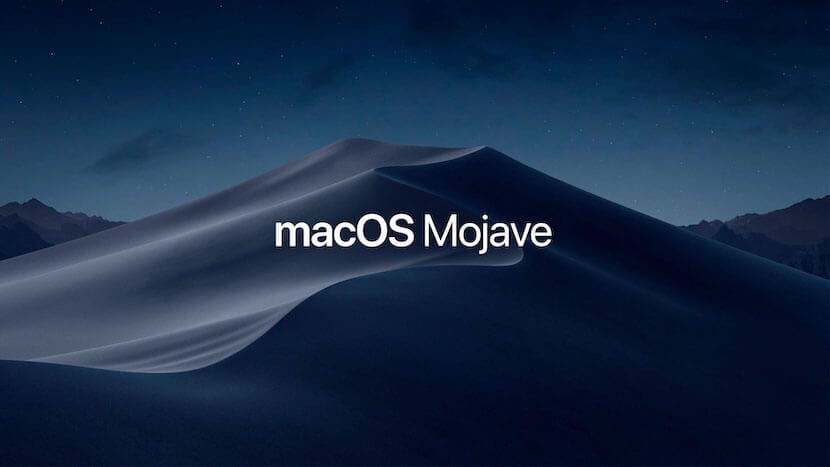
The latest version available today for Apple laptops and desktops manufactured from 2012 it's macOS Mojave. All the computers that Apple put on the market before that date have stayed for the rest of their days with macOS High Sierra, although if you have patience and free time you can try updating it to macOS Mojave.
If you have not yet updated to the latest version of macOS, either perish, because the version of iTunes with app access doesn't work in Mojave, or for any other reason, it is more than likely that you are really tired of the happy message that urges us to update ourselves.

Fortunately, and no thanks to Apple, we can remove that damn message through a terminal command line. While it is true that we can also eliminate this message through other processes, I have considered including only the fastest and the one that can generate the least problems for users who have the right knowledge.
- First of all, we must open Port. To do this, we can press the Command + Space key combination to invoke the browser and type Terminal by pressing Enter below.
- Once we are at the terminal line, we must copy and paste the following command:
- sudo mv /Library/Bundles/OSXNotification.bundle ~ / Documents / && softwareupdate –ignore macOSInstallerNotification_GM
- Punctuation: In front of ignore, are two scripts in a row, not just one. I comment on it, because sometimes a is shown in that command line as a single script.
- Then the system it will ask us for the password of the user account of our Mac, we introduce it and that's it.
From that moment on, we will finally be able to get rid of that happy message that we cannot eliminate in any way every time it appears in our copy of macOS High Sierra.